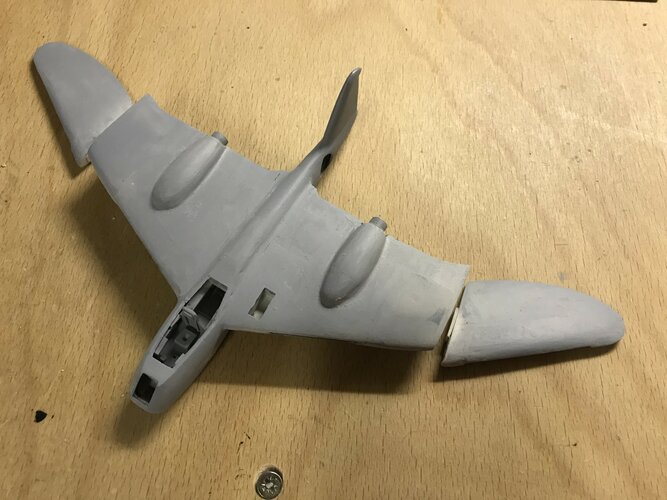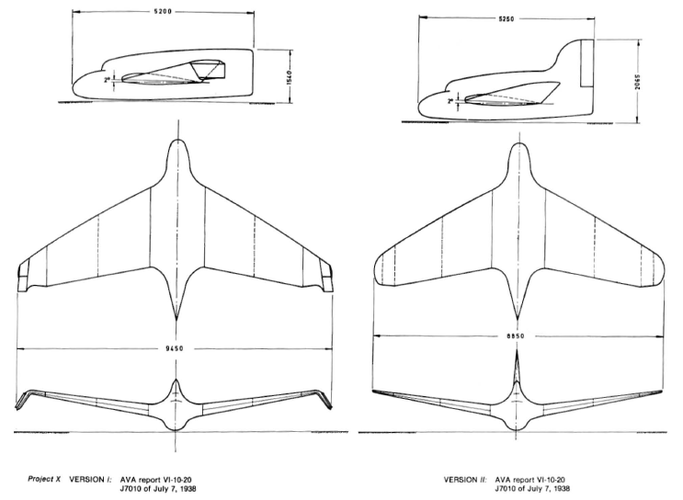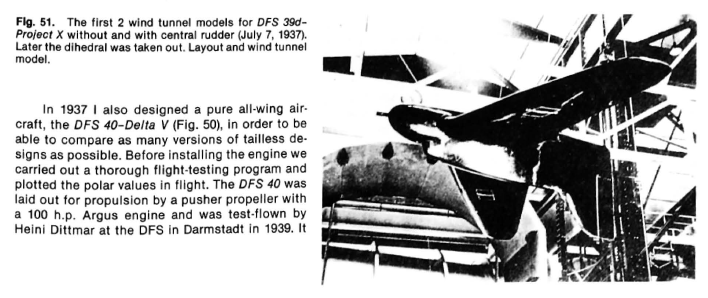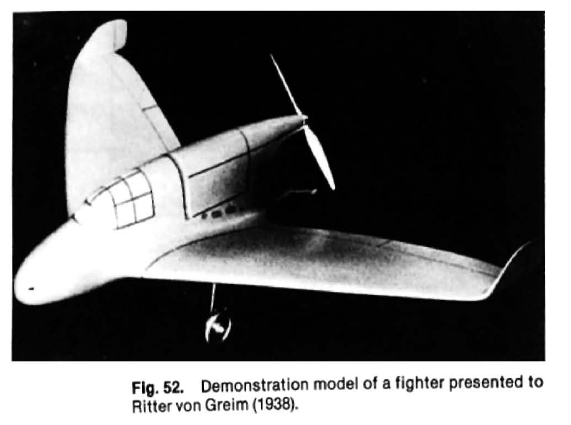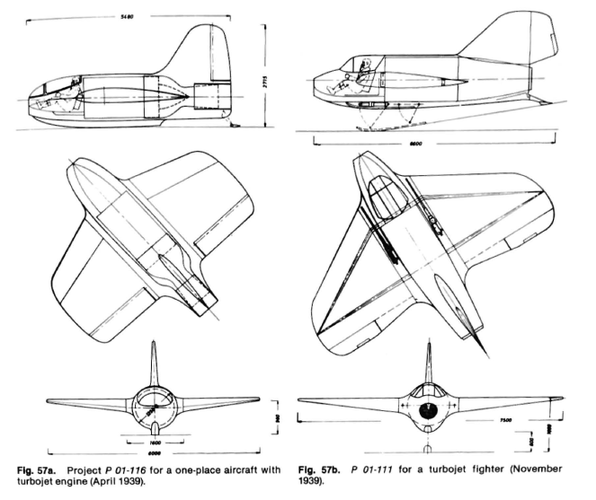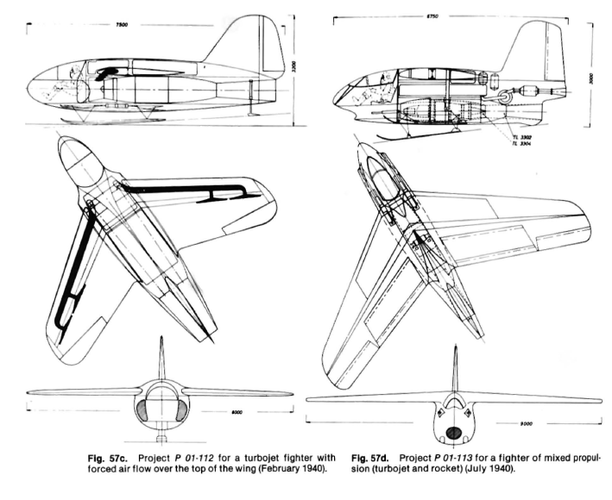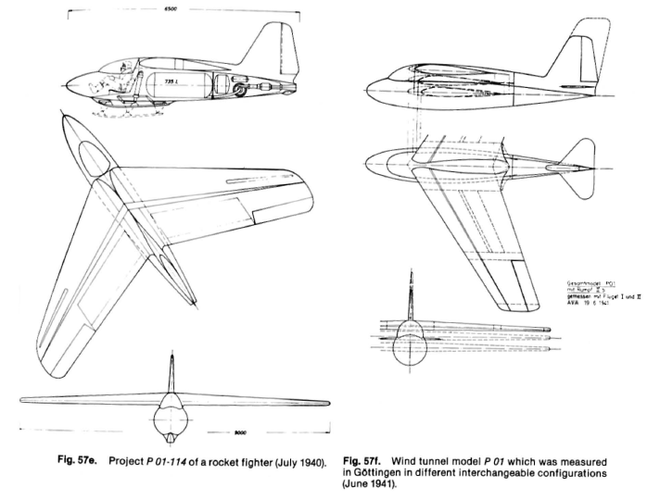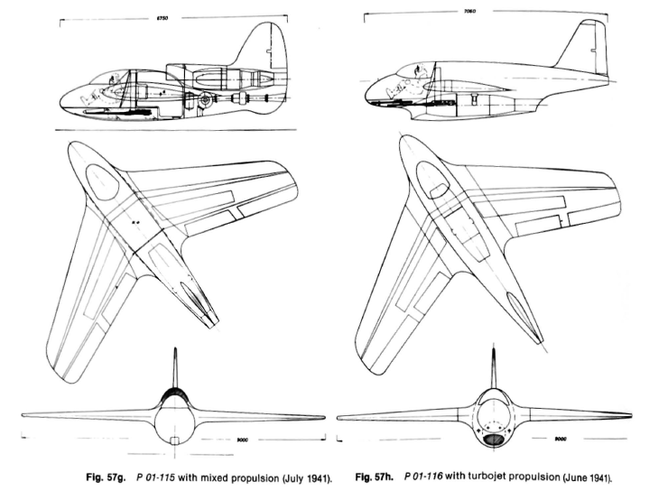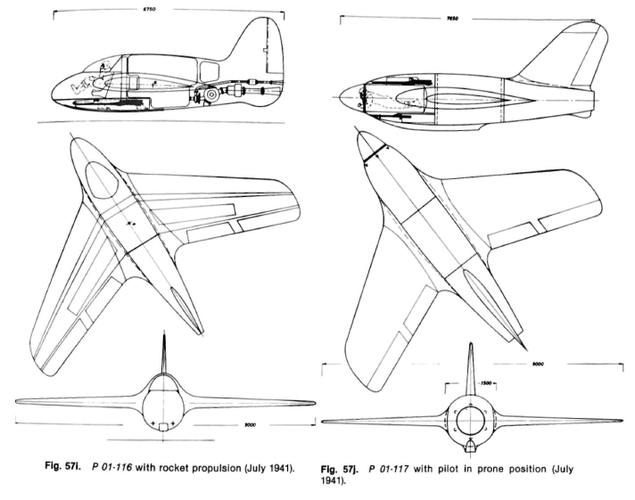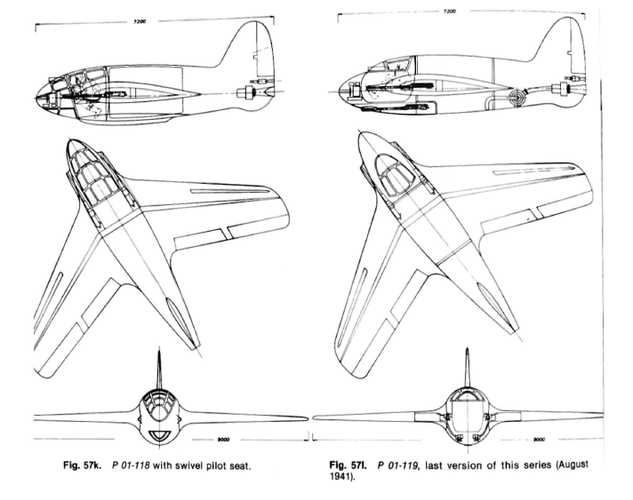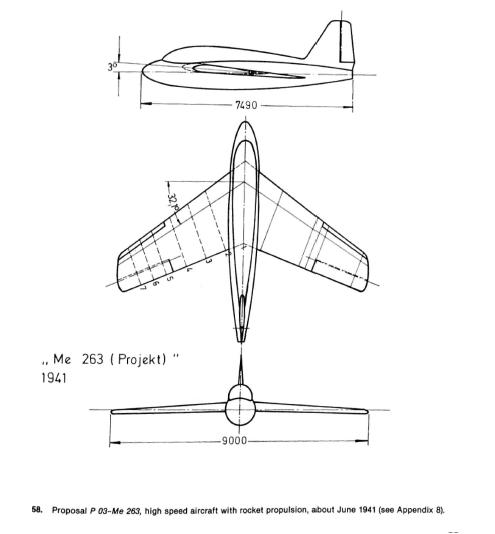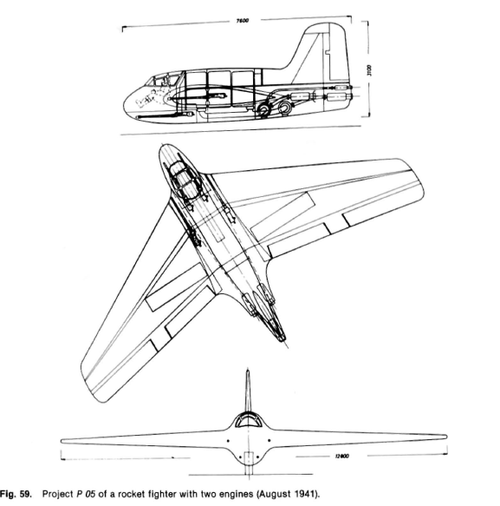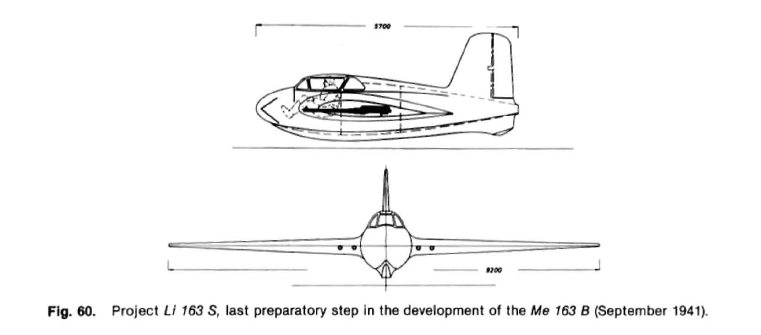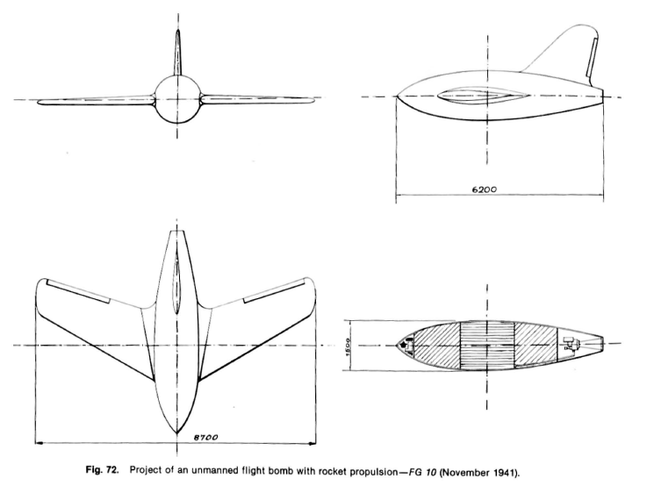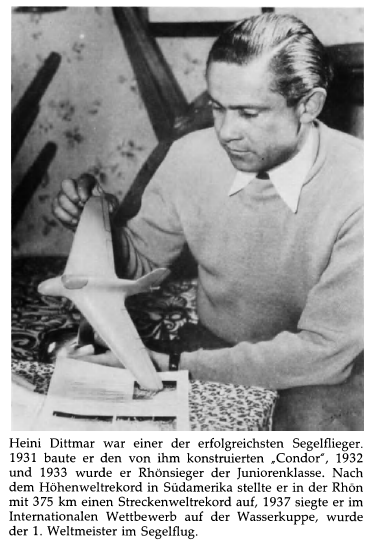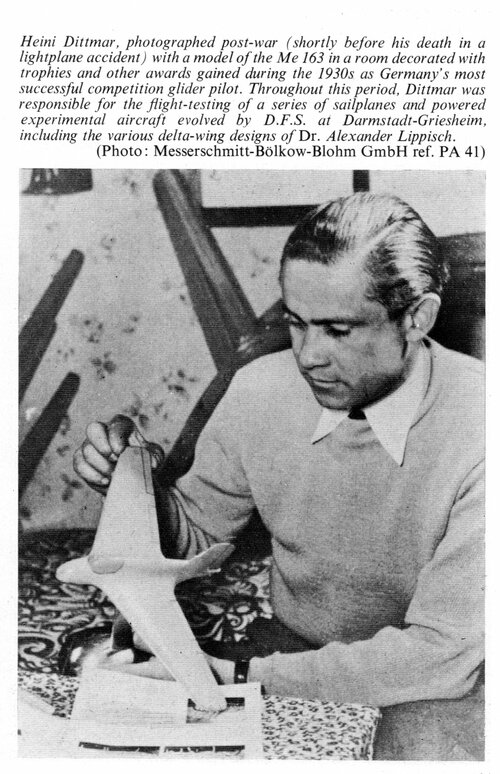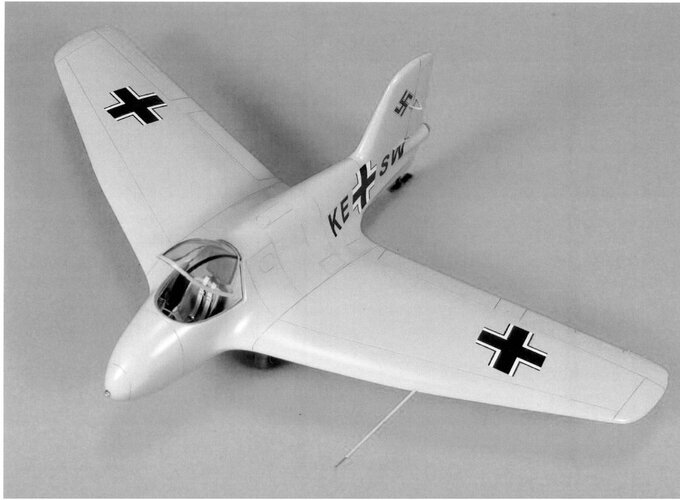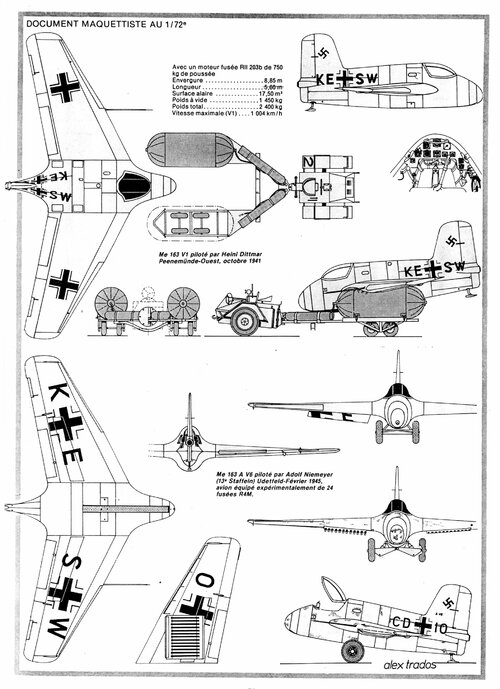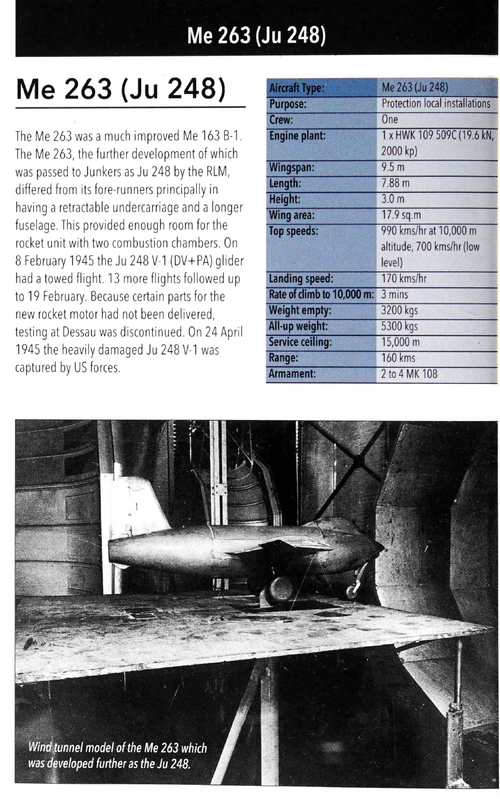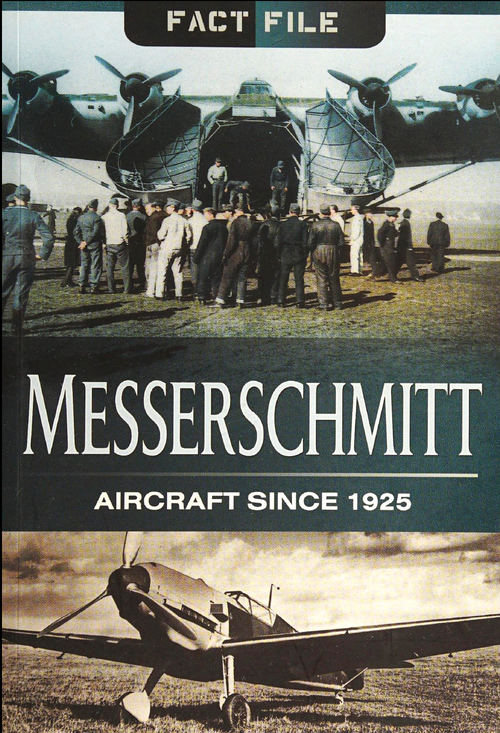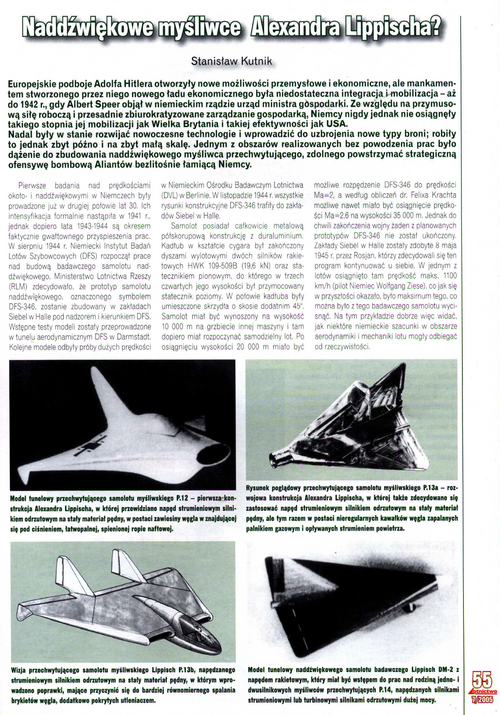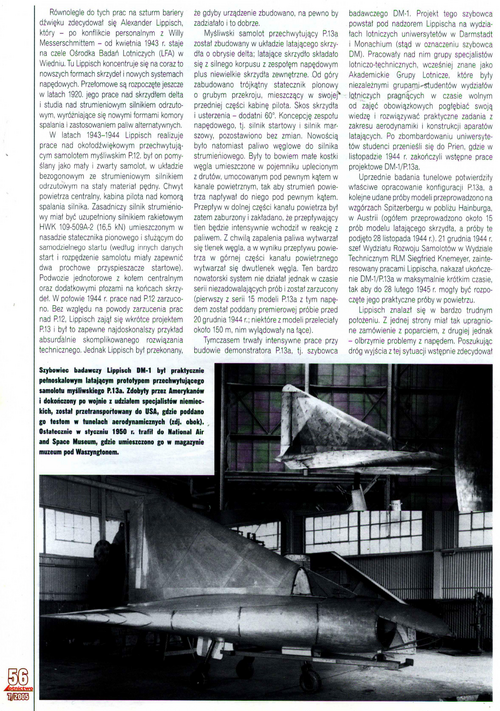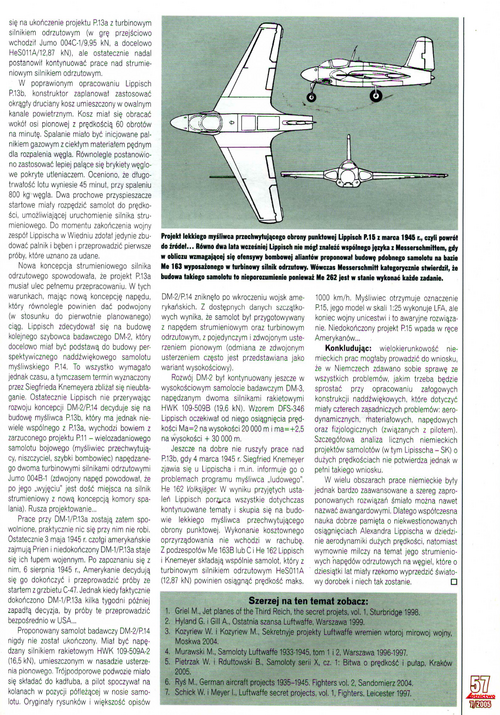- Joined
- 11 June 2014
- Messages
- 1,542
- Reaction score
- 2,901
Hello, I am currently building a Lippisch P.10 on a scale of 1:72. Except for small parts, it is scratch-made. I scaled up the three-sided plan at Heinz J. Nowarra, Die deutsche Luftrüstung 1933-1945, Bernard & Graefe Verlag Koblenz.
Now my question: If the machine had been ready for series production, it would certainly not have been named P.10. Would it have been included in the Messerschmitt series, or would it have been named after Lippisch (similar to FW and Tank) and what number could it have recieved?
Many Thanks,
Greetings, ford.prefect
The issue of names for Lippisch's designs had been settled by this point. Lippisch wasn't allowed to call them, for example, Li 163. He did make a case for this but it was rejected and the decision was that his designs had to have the 'Me' prefix (at least, while he continued to work for Messerschmitt!).
As you're no doubt aware, Lippisch pitched the P 10 (the version you are building) to Erhard Milch and received a contract to develop it. The RLM's engineers, however, were critical of the design and Lippisch decided to change it completely. The P 10 then became a tailless version of the Me 410 designed by Lippisch's assistant Walter Stender. Lippisch and Stender failed to inform the RLM about this change, however. Willy Messerschmitt, who did know about the change, went to the RLM to discuss the P 10 in September 1942 and was appalled to discover that 1) no-one knew anything about this new version and 2) because of the change, the development contract (which had applied to the original design) was now void.
The loss of this contract caused a great deal of animosity between Messerschmitt and Lippisch, and between Lippisch and Stender, with Lippisch seemingly blaming Stender for what had happened.
Ultimately, this seems to have hastened Lippisch's departure from the Messerschmitt company, with Stender going on to work for Zeppelin (I think).
Anyway, prior to all this acrimony, Messerschmitt (according to Lippisch) was going to apply 'Me 265' to the P 10 - the new version based on the Me 410. I guess that if the original P 10 hadn't been dropped, Me 265 might have been applied to that instead. I hope that answers your question.

